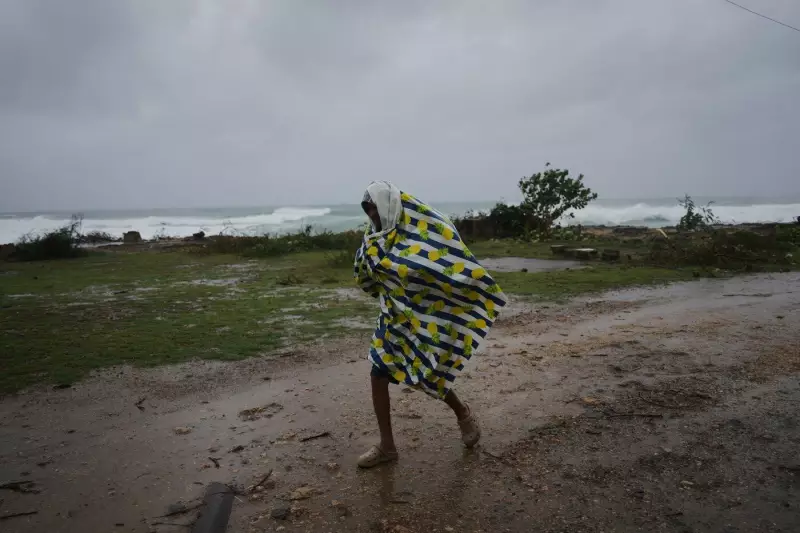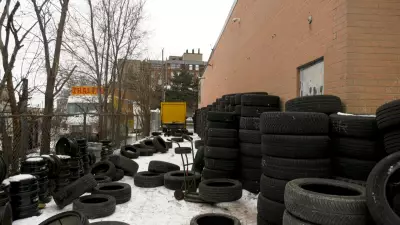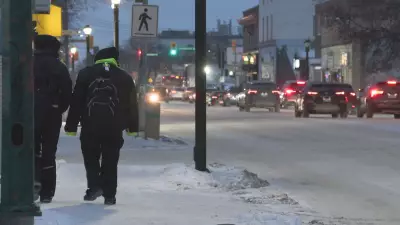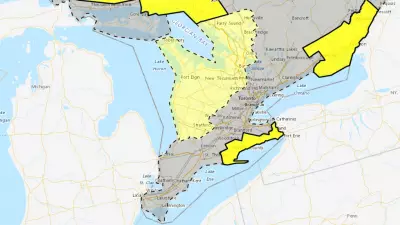
Eastern Cuba is facing a severe weather emergency as Hurricane Melissa, now classified as a major Category 3 hurricane, made landfall with devastating force on Tuesday afternoon. The powerful storm brought sustained winds reaching 195 km/h, placing millions of residents in immediate danger.
Immediate Impact and Emergency Response
The hurricane's center struck near the city of Santiago de Cuba, one of the region's most populated areas. Emergency crews have been deployed throughout the affected zones, though their efforts are being hampered by the extreme weather conditions. Local authorities have issued mandatory evacuation orders for coastal communities and low-lying areas most vulnerable to storm surge.
"This is one of the most significant hurricane impacts we've seen in eastern Cuba in recent years," reported meteorologists at the U.S. National Hurricane Center. "The combination of high winds and heavy rainfall creates multiple threats to life and property."
Regional Preparations and Warnings
As Hurricane Melissa continues its path through the Caribbean, neighboring nations are taking precautionary measures:
- Jamaica has issued tropical storm warnings for its northern coastline
- The Bahamas is monitoring the storm's progression closely
- Florida officials are advising residents to review emergency plans
- Cruise lines have altered itineraries to avoid the storm's path
Forecast and Potential Damage
Meteorologists predict the storm will maintain hurricane strength as it moves northwestward through the Caribbean Sea. The most significant immediate threats include:
- Destructive winds capable of tearing roofs from buildings and downing power lines
- Life-threatening storm surge that could raise water levels by 3-5 meters above normal tide levels
- Torrential rainfall with potential for flash flooding and mudslides in mountainous regions
- Coastal erosion that could damage infrastructure and beachfront properties
The hurricane arrives during what meteorologists have predicted would be an above-average Atlantic hurricane season, raising concerns about climate change's potential impact on storm intensity and frequency in the region.
Emergency Resources and Safety Information
Residents in affected areas are advised to remain indoors, avoid floodwaters, and heed all evacuation orders from local authorities. Emergency management officials emphasize that the danger continues even after the storm's eye passes, as conditions can rapidly deteriorate again when the back side of the hurricane arrives.
International aid organizations are standing by to provide assistance once the storm passes and damage assessments can be conducted safely.





